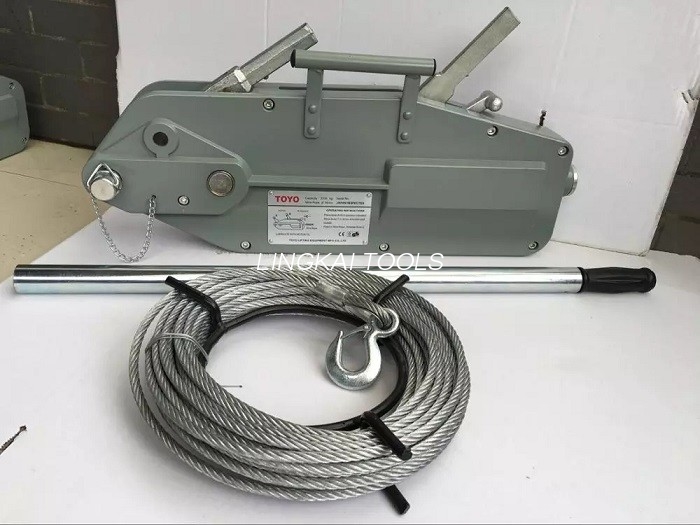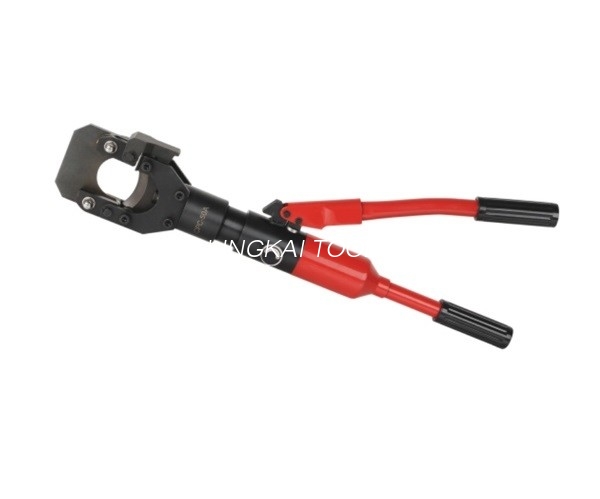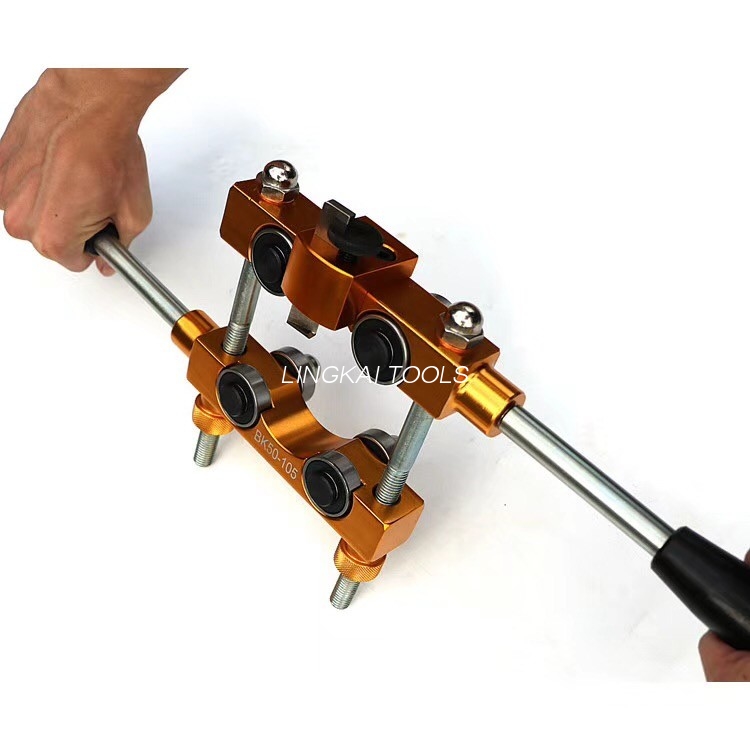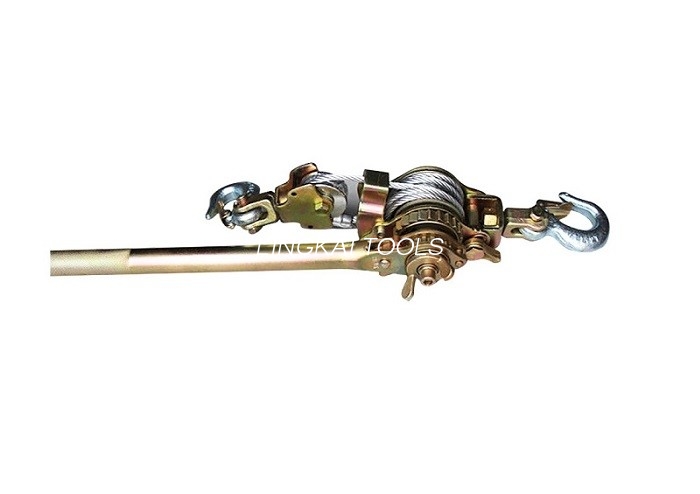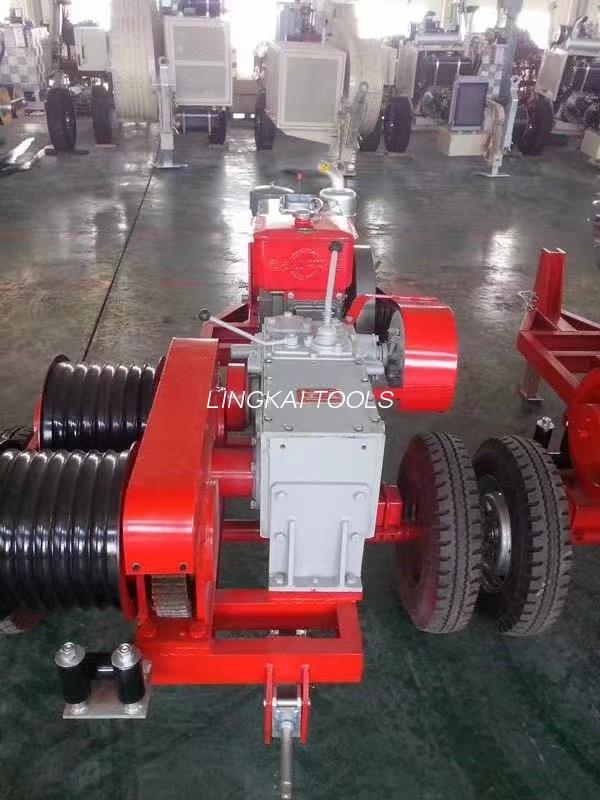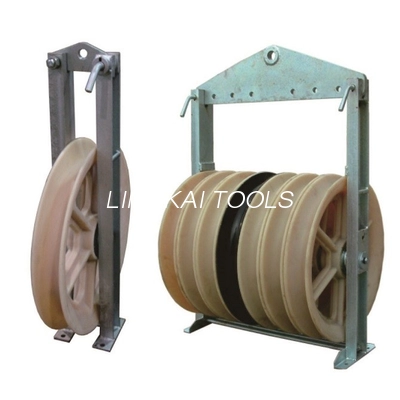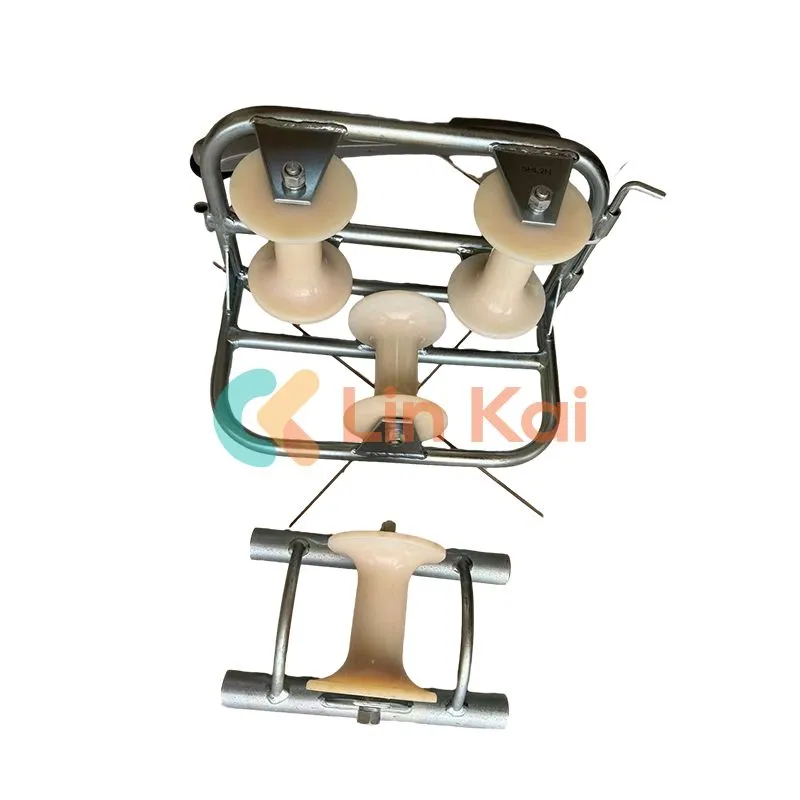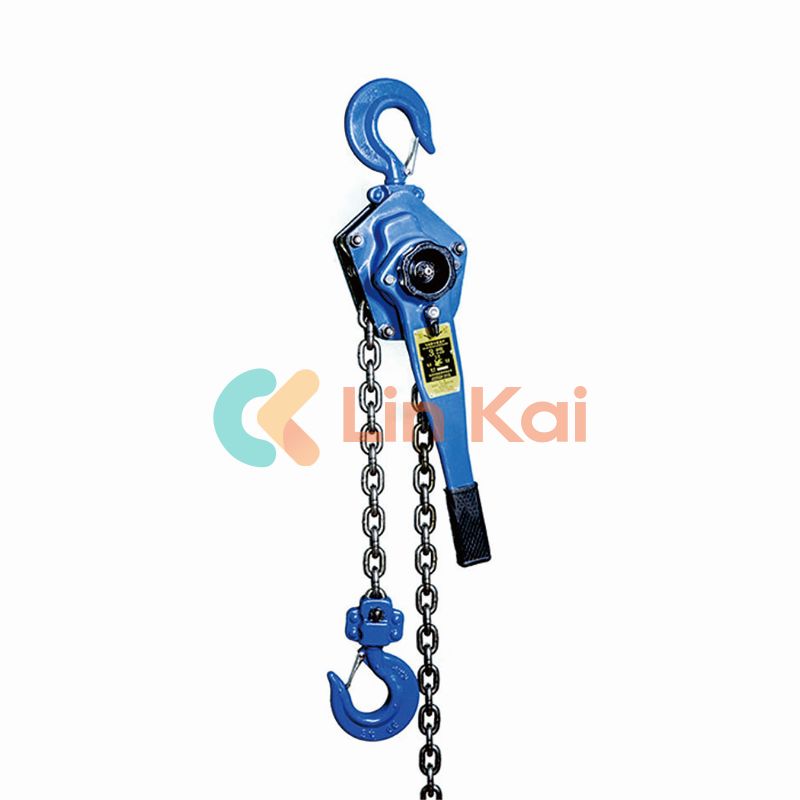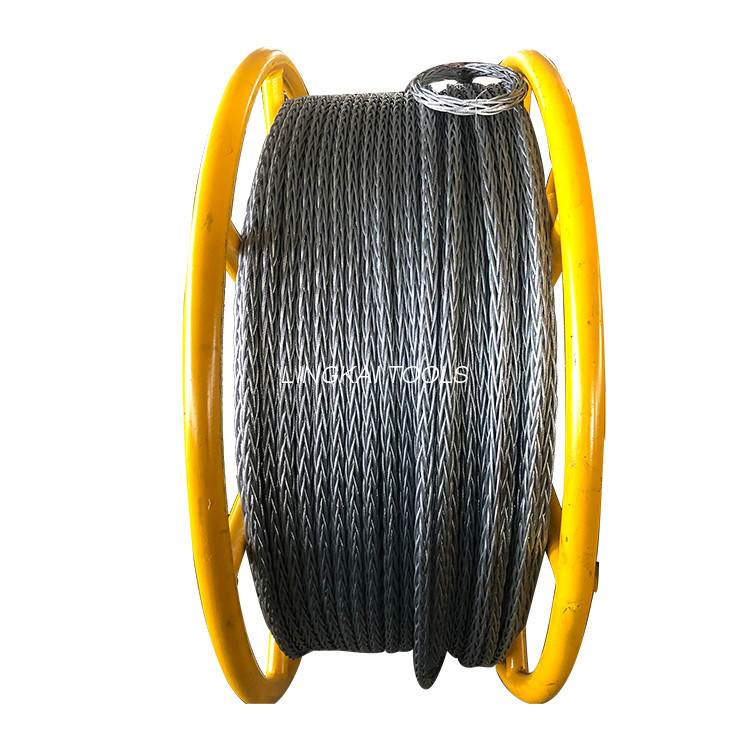QR Code

Products
- Conductor Pulley Stringing Blocks
- Transmission Line Stringing Tools
- Overhead Line Stringing Equipment
- Anti-Twisting Steel Wire Rope
- Transmission Line Pulling Winches
- Tower Erection Tools Gin Pole
- Underground cable Installation Tools
- Hydraulic Tools
- Electrical Cable Pulling Tools
- Conductor Stringing Blocks
- Transmission Stringing Blocks
Contact Us


Fax
+86-57465938668

E-mail

Address
No 6, 1st Rd Xiangshan Industrial Area Ningbo, Zhejiang Province, China


